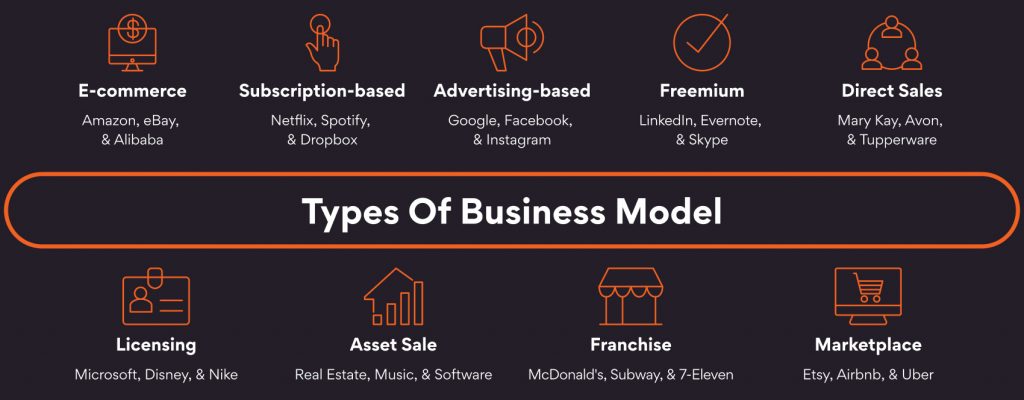When customers understand a company’s business model, they can make informed decisions, set realistic expectations, and engage with businesses that align with their preferences and values. This understanding enhances the overall customer experience and fosters trust in the marketplace. The most important aspect of a business model is its ability to create sustainable value for both the business and its customers.
The importance of a well-defined business model
A business model should be developed with a deep understanding of business needs, preferences, and behaviors. Focusing on customers and focusing on the business model are not mutually exclusive ─ they are complementary aspects of running a business. Satisfied customers not only contribute to ongoing revenue but also act as promoters, provide valuable feedback, spend more over time and help the business maintain a stable customer base. It can lead to long term success, growth, and a positive brand image, all of which are essential for thriving in competitive markets.
What business model means to a company?
It’s a plan or strategy, that outlines how a company will generate revenue and make a profit. It describes the overall strategy, operations, and financial structure that allow the company to sustain itself and be profitable.

The parameters of a business capability model play a crucial role in shaping the overall strategy, operations, and financial structure of the business. By analyzing and optimizing these parameters, a company can develop a business capability model aligned with its goals and capable of creating sustainable value for its customers and stakeholders.
There are several types of business models, each with its own strengths, weaknesses, and suitability for different industries and contexts. Many businesses use a combination of these models. For example, a company might sell products online (e-commerce model) while also offering a subscription for premium features (subscription model). The choice of business models depends on the nature of products or service, the target audience, and the company’s overall strategy.


| Types of Business Model | Style | Strengths | Weaknesses |
| Freemium Model |
|
|
|
| E-commerce Model |
|
|
|
| Advertising-based Model |
|
|
|
| Subscription-based Model |
|
|
|
| Marketplace Model |
|
|
|
| Direct Sales Model |
|
|
|
| Crowdfunding Model |
|
|
|
Which is the best business model?
There is no one-size-fits-all “best” business model, as suitability depends on the industry, product or service, target market, and competitive landscape. A successful business model should align with the company’s goals, resources, and capabilities. Ultimately, the best business model is the one that effectively meets customer needs, creates values, and sustains profitability over the long term.







